History of the Jute Industry of Bangladesh
Jute is a tree of Cor-chorus class. This tree was first grown in the Mediterranean region and later spread to India and surrounding areas. In 1820 AD, experiments were made to try yarn with jute fibers for the first time in Abingdon near Oxford. At that time, some industrial establishments of jute yarn were established in Dundee region of Scotland.
After the war in Napoleon, import of linen from Russia was discontinued, in 1822 Dandi production was forced to make yarn from jute fiber.
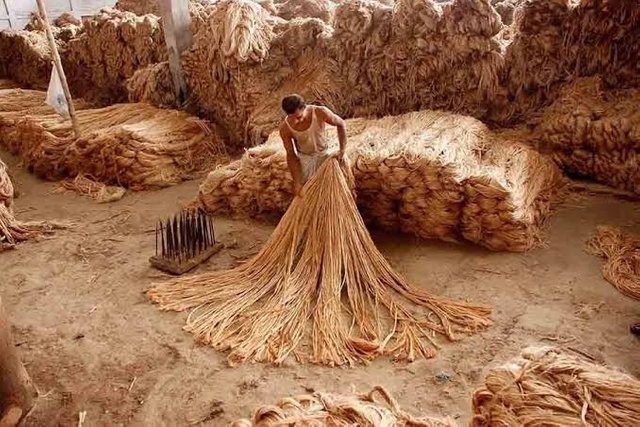.jpeg) source
source After about ten years of inspection, they were able to get a nice yarn from jute. In the middle of 1850 AD, the jute industry was established on a very solid foundation.
Bangladesh in jute industry:
Because the seasonal wind flows, the world's greatest jute is born in this region due to warm and wet climate and soil. Accordingly, in 1951, on 297 acres of land of Shitalakshya, Narayanganj, Bangladesh, was established the world's largest jute mill Adamjee Jute Mills.
 source
sourceIt was the second jute mill of East Pakistan (the first is Bawa Jute Faucet). Before that all the jute was exported to foreign markets. Adamji was once called Eastern Dandy (as the name of Scotland's Dandy). Later, in the sixties and seventies, there were numerous jute mills in the country. Adamjie jute mills used to produce jute products using fine jute of East Pakistan (present-day Bangladesh). Various types of jute goods including mates, carpets, etc. Which were exported in China, India, Canada, America, Thailand and various European countries to meet the country's needs.
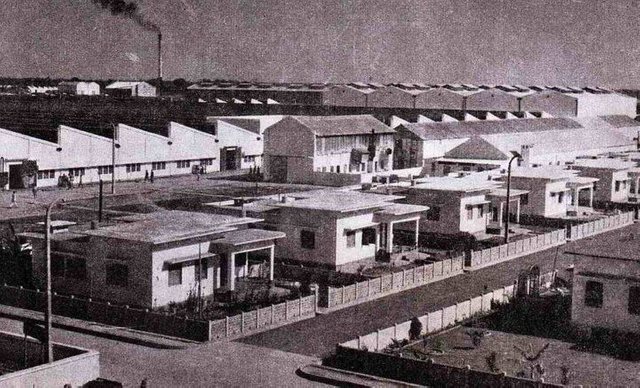 source
sourceAdamjie Jute Mill was one of the world's greatest Jute Mills and the largest factory in the continent of Asia. At that time, production of this mill would earn 60 crore rupees a year.
Transitional:
The golden age of Adamjee jute mills ended when the plastic and polythene substitutes were substituted in the 1970s. It was nationalized after the independence of Bangladesh in 1971. Since then, it has made huge losses from all other years except for several years of the 1980's.
The mill was closed on June 22, 2002, despite the barriers of workers and political parties. Later, the series continued to be closed by one mill after another.
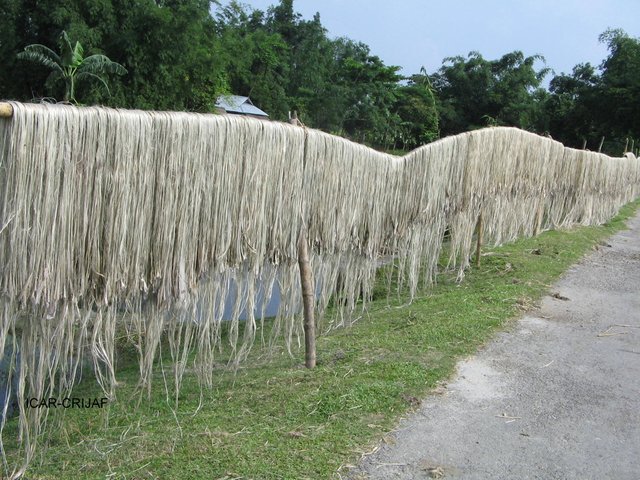 source
sourceSome progress in recent times:
Unfortunately, this industry is largely neglected, but due to the international market and environment friendly, the government took some time-bound steps to realize its importance. Which is really complimentary. For example:
- ""Jute policy"" has been formulated with utmost importance considering the jute sector.
- In the National parliament, the ""Compulsory Use of Jute Products to Dispatch Products Act-2010"" passed.
- Various steps have been taken to modernize the world's largest jute producer and export company ""BJMC"" (Bangladesh Jute Mills Corporation)
- Attempts have been made to showcase jute goods at domestic and international fairs.
- Steps are being taken to resume jute mills that are closed at different times and initiatives have been taken to set up new industries.
- Recently, the government and the Bangladesh Bank announced a rebate of 1 billion rupees refinancing fund for the country's jute sector to restore the name of ""Golden Fiber"".
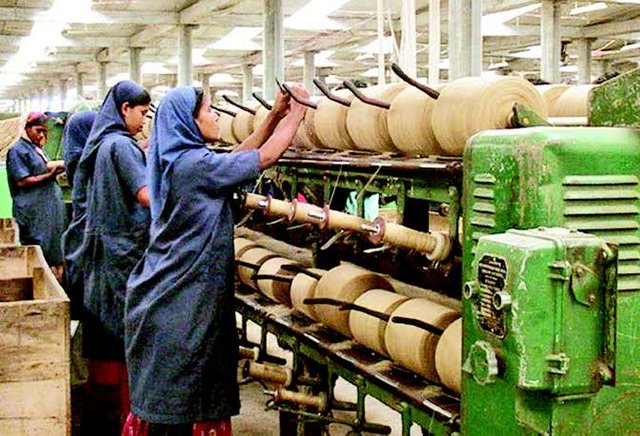.jpeg) source
sourceCurrent status:
At present, the jute industry has again become a master to get back his lost glory. In order to modernize the government jute mills, recruitment of new officials and employees, continuous use of information technology are being used for development of human resources. As a result of adopting pro-practical steps, for the first time since 1982-83, ""BJMC"" received Taka 19.52 crore in the year 2010-11 (Source: BJMC Bulletin-April, 2013). Currently there are more than 100 jute mills in government, private sector. A large part of the total population of the country is directly or indirectly associated with the jute sector. The products produced by jute mill are: Hessian, Sekking, CBC, Geojut / Soyle, Saver blanket, shopping bag, jute and plastic composite etc. Presently, jute and jute goods of BJMC are exported with pride in 84 countries of the world and the good relations of exports in more than 100 countries. 75 percent of the world's jute products are packaging items.
 source
sourceTherefore, efforts to discover new and different products are continuing to preserve the diverse use of jute. New product list includes jute plastics, wall cover, large bag, tea bag, geo-jute, blanket, shoe sandal, school bag, briefcase, hat etc.
Always take note of who supports you genuinely!
@steemitbd @azizbd @etcmike
The END
About SteemitBD
@SteemitBD Steemit Bangladesh is a community by Bangladeshi steemians to support each other. We find a lot of steemians from Bangladesh face difficulties to find visibility and their talent are overlooked. The community channel are helping to value their work from our community account and reward 50% of SBD from their articles. We are also arranging contest among Bangladeshi steemians. If you would like to support the Steemit Bangladesh community, don't forget to upvote and resteem the post.
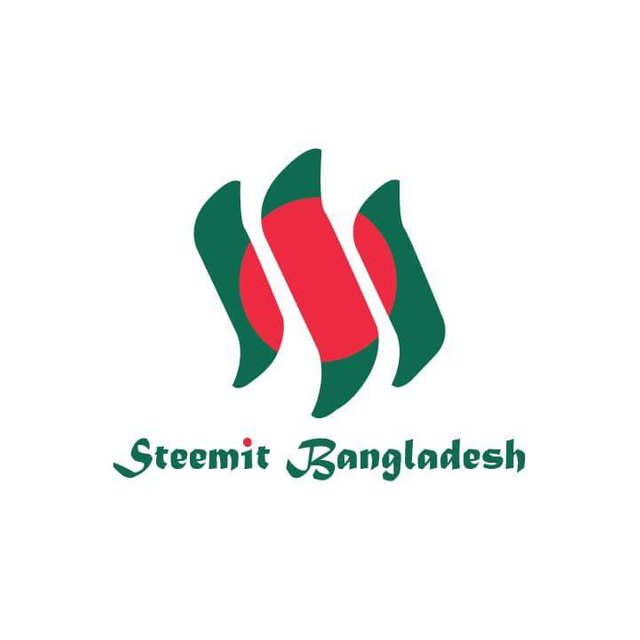
👓👓👓👓👓
Your post is great..
Click This link they are having a promotion going on..
They are giving 20 UPVOTS WORTH 1 SBD AND 10 FOLLOWERS.